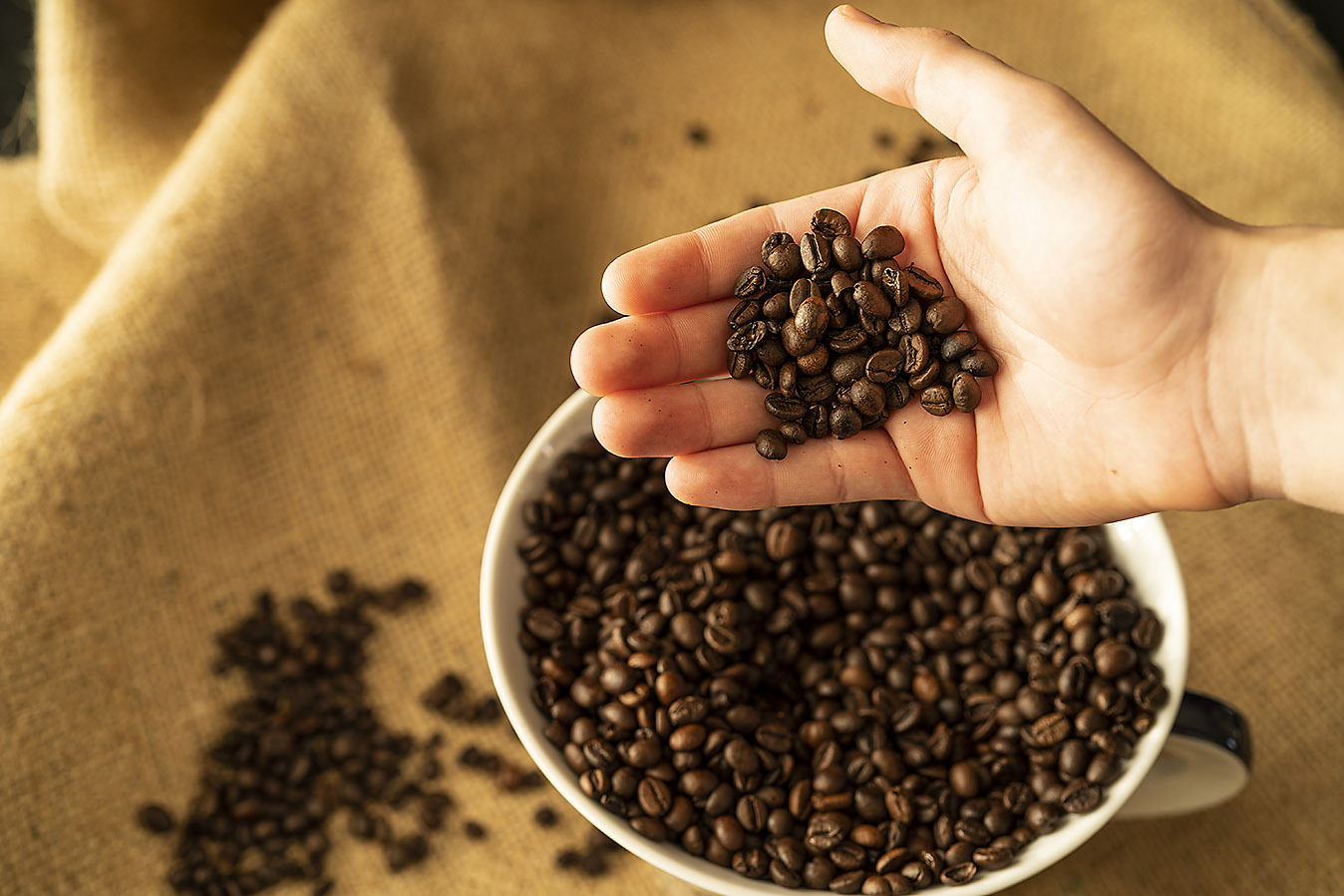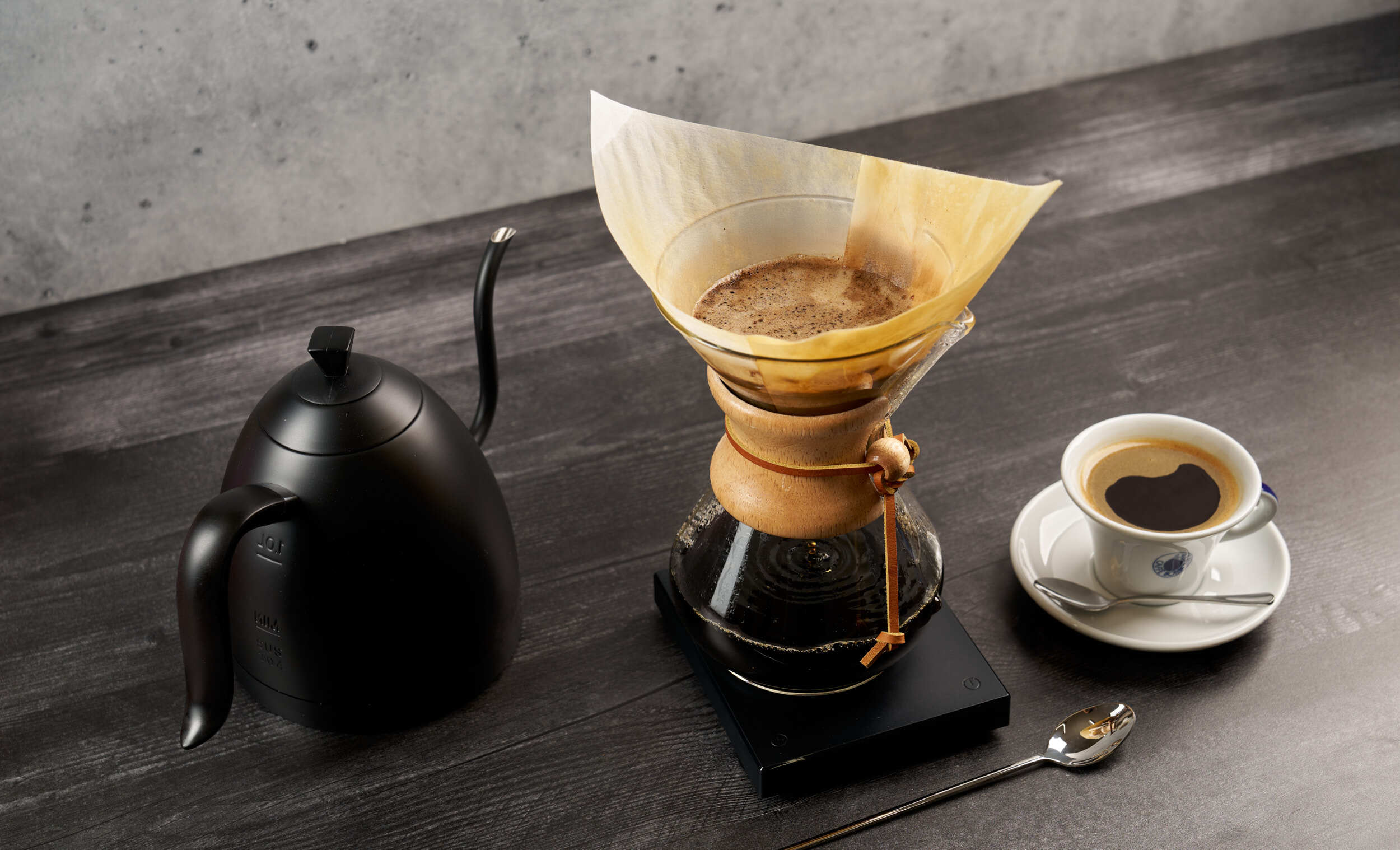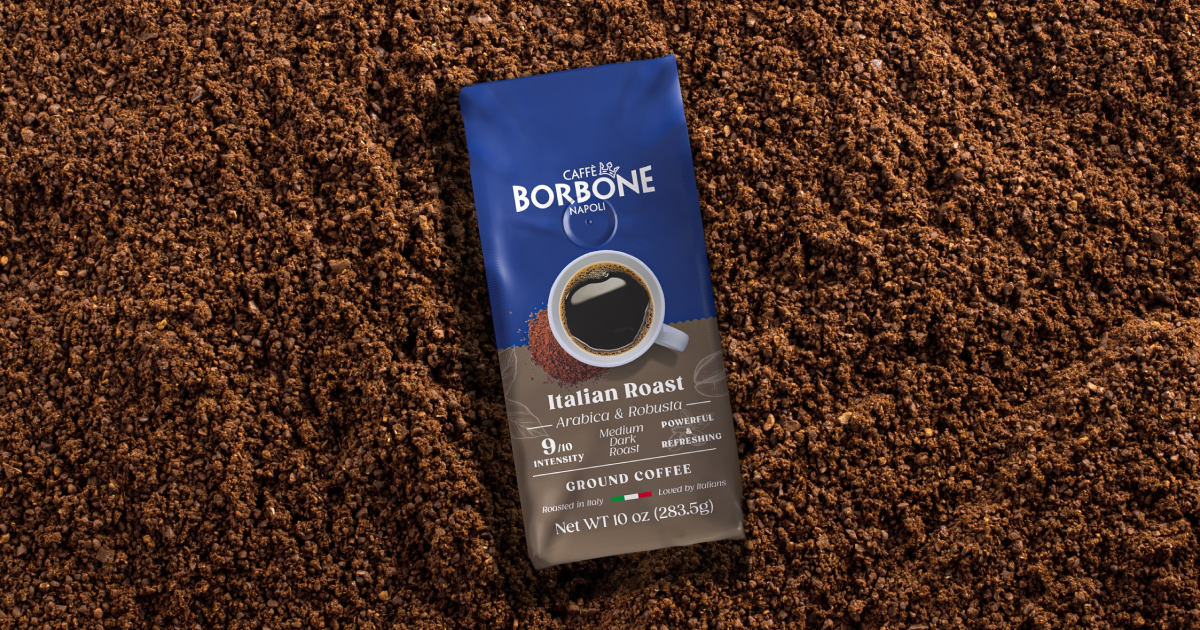Americans drink a lot of coffee. In fact, research shows we use about one billion pounds of coffee grounds every year. But that doesn’t mean all those grounds have to go to waste! While there are many creative ways to reuse used coffee grounds, one of the best is using coffee grounds for compost. Coffee is often called “compost gold” because it reintroduces essential nutrients into depleted soil, improving the health of the garden and supporting the local ecosystem.
What Is Composting?
Composting is the natural process where microorganisms break down organic matter—like food scraps, yard trimmings, and yes, coffee grounds—into a nutrient-rich, soil-like material called compost. Compost from coffee grounds, often called “black gold,” improves soil structure, enhances water retention, reduces the need for synthetic fertilizers, helps prevent erosion, and keeps organic waste out of landfills.
How Coffee Helps the Composting Process
Why is ground coffee compost considered “compost gold,” exactly? A study at Oregon State University showed that when composted, coffee helps sustain high temperatures in compost piles. When grounds made up 25 percent of the volume of a compost pile, temperatures stayed between 135 and 155 degrees Fahrenheit for at least two weeks. High composting temperatures help reduce potentially dangerous pathogens and kill seeds from weeds and vegetables that have been added to the compost. More simply put, the right amount of coffee can make the composting process faster and more efficient.

How to Compost Coffee Grounds
Composting might sound complicated, but getting started is easier than you think. Begin by collecting your used coffee grounds or compostable espresso pods, then add them (along with other compostable items) into a bin, pile, or even a simple hole in your backyard. The key to a healthy compost is balance: combine “greens” (such as food scraps and grass clippings) with “browns” (like dried leaves or shredded paper), and make sure your pile gets enough airflow and moisture.
There are a few different approaches to composting. Some composting methods are more involved, requiring regular turning and attention, while others can be more hands-off by just setting it up and letting nature handle the rest.
If you don’t have the space to start a large compost pile, don’t sweat it. Composting can work in almost any setting. Use a compact indoor bin for apartment living, set up a small outdoor pile if you have a bit more space, or collect coffee grounds and food scraps at home or the office to drop off at a local composting facility.
Are Coffee Grounds Brown or Green Compost?
Don’t let the color fool you! Coffee grounds are considered a “green” when it comes to composting. That’s because they add nitrogen, a key nutrient that fuels the decomposition process. “Browns,” on the other hand, are carbon-rich materials like dry leaves, paper, wood chips, or straw. For a healthy coffee grounds compost pile, you’ll want a balanced mix of both greens and browns.

Are Coffee Filters Compostable?
In many cases, yes. As long as the filters are made from paper, they can be added as a “brown.” Just avoid filters that contain plastic or heavy dyes. If you’re still asking yourself, “Can coffee filters be composted?”, check the label to ensure you are using compostable coffee filters. This is one reason we love our ESE pods: the coffee is sealed in a compact paper filter that’s easy to use, and when you’re finished brewing, you can toss the entire espresso pod straight into your compost.
Coffee Grounds as Compost vs Coffee Grounds as Fertilizer
Some home gardeners swear by using coffee grounds as a direct fertilizer, sprinkling used ground coffee over the soil of acidic-loving plants, like tomatoes. While this can work in moderation, adding coffee grounds straight to the soil may create imbalances in the soil.
Composting, on the other hand, is a reliable way to unlock the benefits of coffee grounds without risking excess acidity. When incorporated into compost, coffee contributes to a nutrient-rich, balanced mix that improves soil structure and supports healthy microbial life.
Fertilizer provides an immediate nutrient boost, but when overused, it can disrupt soil chemistry and stunt plant growth. That’s why we recommend adding coffee grounds in compost. Composting coffee grounds is usually a gentler and more balanced way to improve the long-term health of your soil.
Products We Recommend for Compost Piles

After brewing and enjoying your espresso, we recommend adding our paper pods to your compost pile. The ESE paper pods are 100% compostable, making cleanup as easy as brewing. You can also compost your used coffee grounds, whether you prefer our pre-ground blends or whole beans that you grind fresh at home.
For single-serve coffee fans, don’t let those used coffee pods go to waste. With single-serve coffee like K-Cup® pods or Nespresso® capsules, just open the lid and empty the grounds into your compost. Every little step adds up when it comes to reducing waste and nourishing your garden.
So, are coffee grounds good for composting? Yes! In fact, they are great for composting! With these simple habits, and a little help from your favorite Caffe Borbone coffee, you can turn your daily brew into a sustainable cycle that supports your plants, your soil, and the planet. Buon compostaggio!
